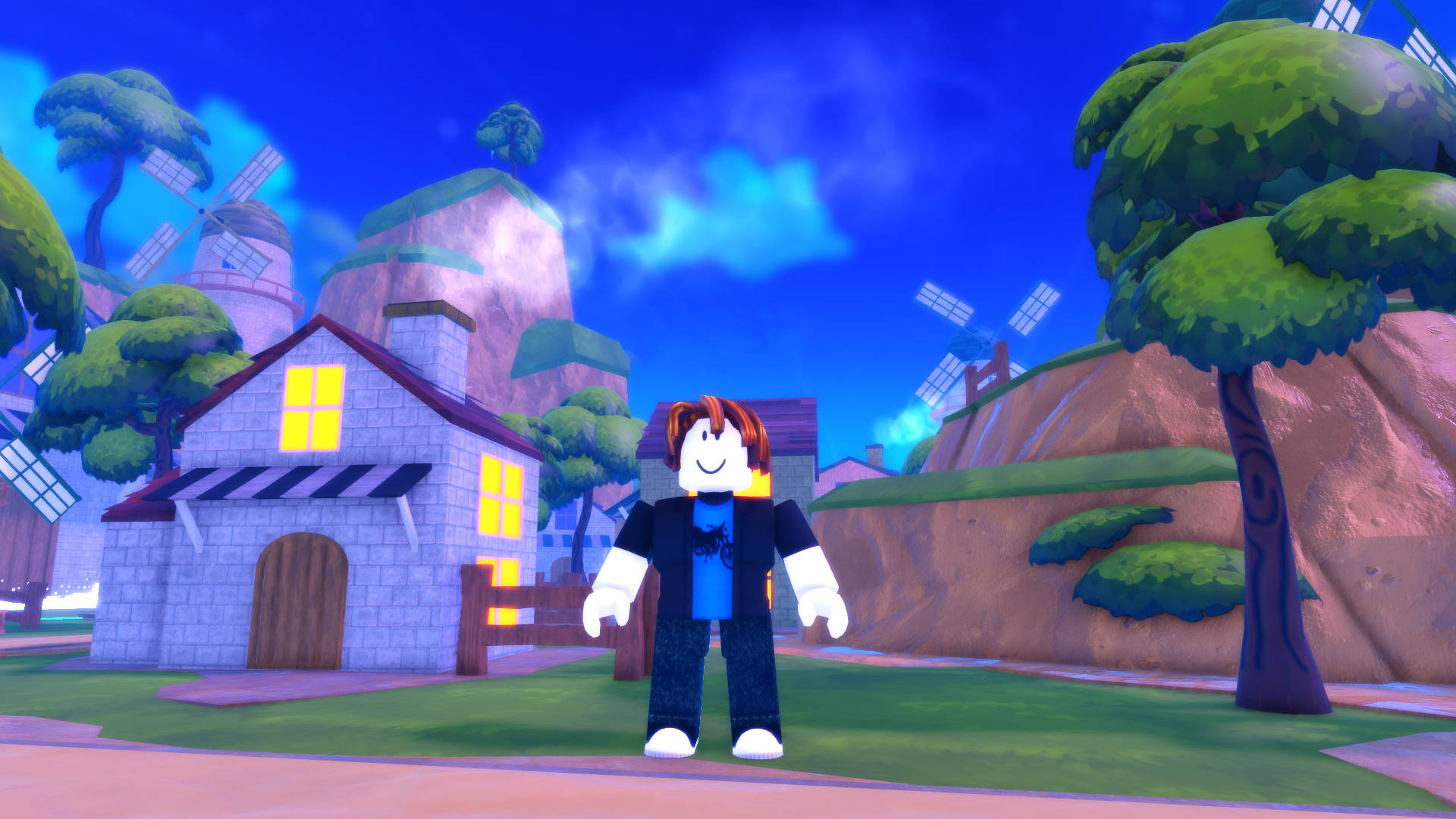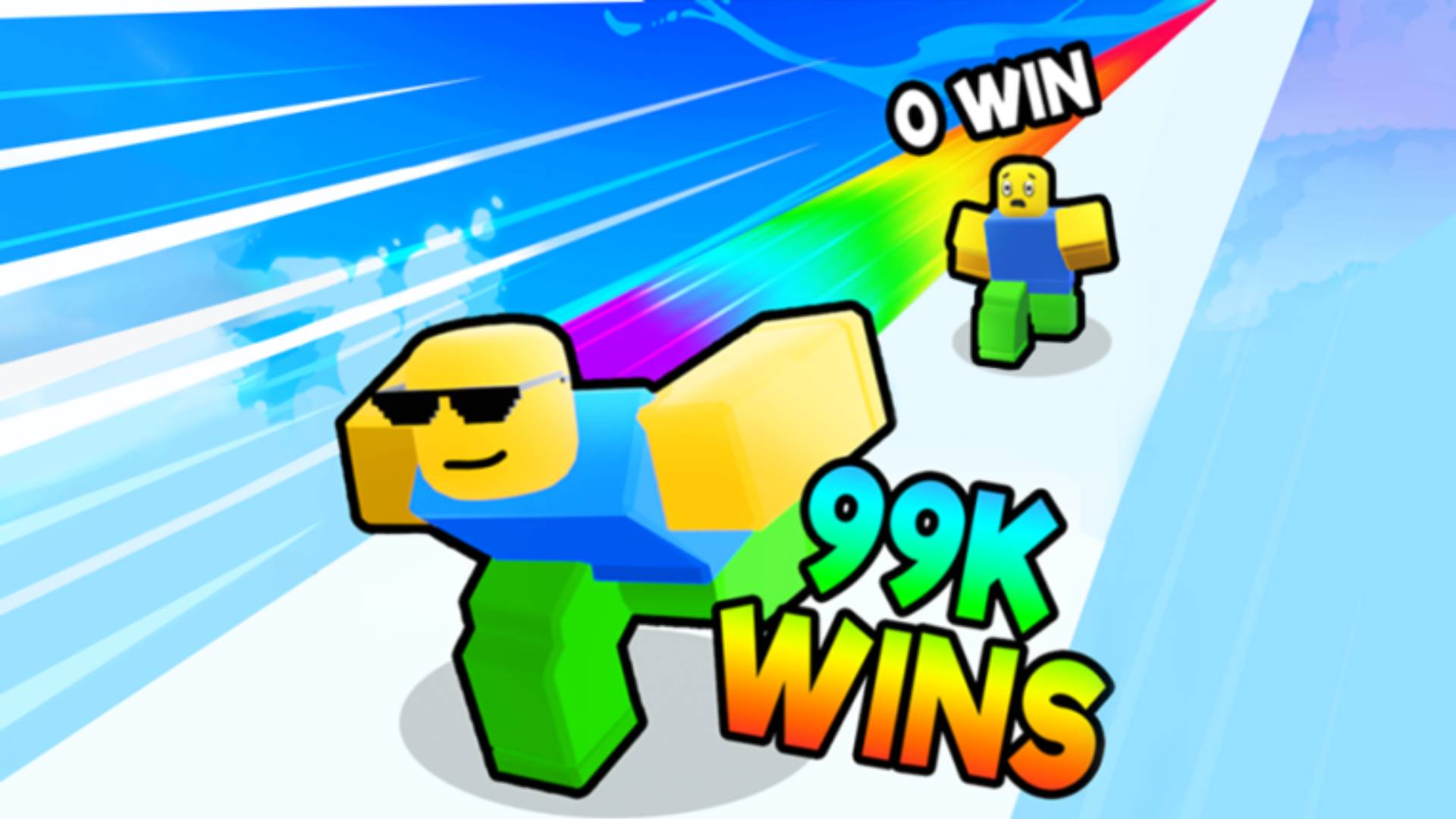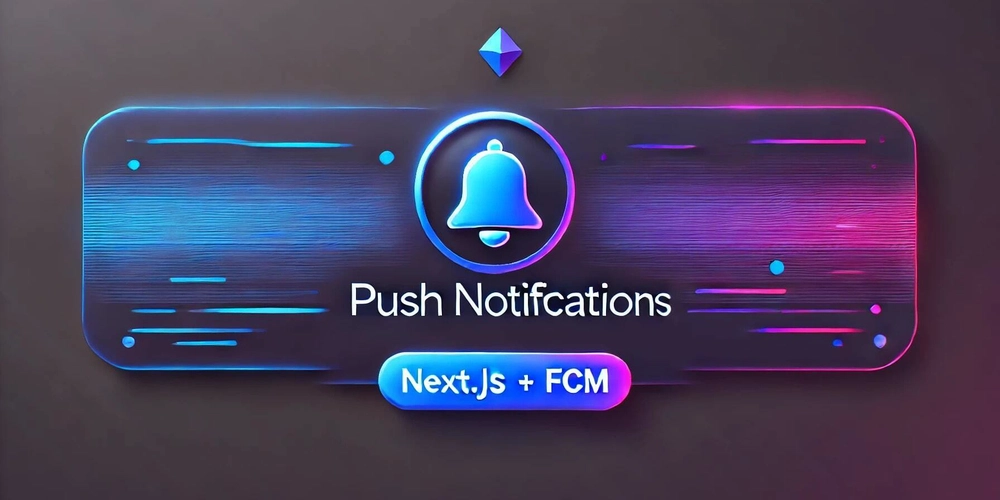Blogging Terms Explained: A Simple Glossary for New Bloggers
If you're new to blogging, you’ve probably seen words that sound confusing. Don’t worry — we’ve all been there. In this guide, I’ll explain the most common blogging terms in a simple and beginner-friendly way. By the end of this glossary, you’ll understand the blog lingo and feel more confident working on your blog. Let’s break it all down. 1. Blog A blog is a website where you regularly post articles, also called “blog posts.” It can be about anything—tech, food, fashion, travel, or even personal stories. 2. Blogger A person who writes and manages a blog. If you’ve started or plan to start a blog, you’re a blogger! 3. Niche Your niche is the main topic of your blog. For example, if your blog is about digital marketing, then your niche is digital marketing. Choosing a clear niche helps attract the right readers. 4. Domain Name This is your blog’s web address (like yourblog.com ). It’s what people type to visit your blog. 5. Hosting Hosting is a service that stores your blog on the internet. You need hosting to make your blog live and accessible. Platforms like Bluehost, Hostinger, or Namecheap provide hosting. 6. CMS (Content Management System) CMS is the software you use to build and manage your blog. WordPress is the most popular CMS in the world. 7. WordPress WordPress is a free CMS used by millions of bloggers. There are two versions: WordPress.org – Self-hosted version with full control WordPress.com – Hosted version with limits unless you pay 8. Permalink A permalink is the full link (URL) to your blog post. For example: yourblog.com/how-to-start-a-blog 9. SEO (Search Engine Optimization) SEO means improving your blog so that it ranks higher on Google. It helps people find your blog when they search for something online. 10. Keywords These are the words people type into Google. For example, “how to start a blog” is a keyword. Bloggers use keywords in their posts to get traffic from search engines. 11. Meta Description This is the short summary of your blog post that shows up in Google search results. It should be around 150 characters and include your main keyword. 12. Slug The slug is the part of the URL after your domain name. Example: In yourblog.com/start-blog , “start-blog” is the slug. 13. Backlink A backlink is when another website links to your blog. Backlinks help improve your blog’s SEO. 14. Bounce Rate This is the percentage of visitors who leave your blog after viewing just one page. A high bounce rate means people are not staying on your site long. 15. CTA (Call to Action) A CTA is a button or link that tells readers what to do next. Examples: “Subscribe Now,” “Read More,” “Buy Now.” 16. Monetization This means earning money from your blog. You can monetize your blog with ads, affiliate links, sponsored posts, or by selling your own products. 17. Affiliate Marketing This is when you promote other people’s products and earn a commission for each sale made through your link. 18. Analytics Tools like Google Analytics help you track your blog’s traffic—how many people visit, where they come from, and what they read. 19. Sitemap A sitemap is a file that lists all your blog pages. It helps search engines like Google find and index your content. 20. Plugins Plugins are tools you can add to WordPress to give your blog extra features—like SEO tools, contact forms, or social media buttons. 21. Theme A theme controls how your blog looks—layout, colors, fonts, and design. You can use free or paid WordPress themes. 22. Blog Post Each article you write and publish on your blog is called a blog post. Blog posts help you grow your blog and reach readers. 23. Comments These are messages that readers can leave under your blog posts. Comments help build engagement and community. 24. Draft A blog post that you’re still writing and haven’t published yet is called a draft. 25. RSS Feed RSS lets people subscribe to your blog and get updates when you post something new. Final Thoughts Blogging has its own language, but now you know the basics. You don’t need to memorize all of these at once. Just come back to this glossary anytime you get stuck or confused. As you keep learning and writing, these terms will start to feel natural. Happy blogging!

If you're new to blogging, you’ve probably seen words that sound confusing. Don’t worry — we’ve all been there. In this guide, I’ll explain the most common blogging terms in a simple and beginner-friendly way.
By the end of this glossary, you’ll understand the blog lingo and feel more confident working on your blog. Let’s break it all down.
1. Blog
A blog is a website where you regularly post articles, also called “blog posts.” It can be about anything—tech, food, fashion, travel, or even personal stories.
2. Blogger
A person who writes and manages a blog. If you’ve started or plan to start a blog, you’re a blogger!
3. Niche
Your niche is the main topic of your blog. For example, if your blog is about digital marketing, then your niche is digital marketing. Choosing a clear niche helps attract the right readers.
4. Domain Name
This is your blog’s web address (like yourblog.com ). It’s what people type to visit your blog.
5. Hosting
Hosting is a service that stores your blog on the internet. You need hosting to make your blog live and accessible. Platforms like Bluehost, Hostinger, or Namecheap provide hosting.
6. CMS (Content Management System)
CMS is the software you use to build and manage your blog. WordPress is the most popular CMS in the world.
7. WordPress
WordPress is a free CMS used by millions of bloggers. There are two versions:
- WordPress.org – Self-hosted version with full control
- WordPress.com – Hosted version with limits unless you pay
8. Permalink
A permalink is the full link (URL) to your blog post. For example: yourblog.com/how-to-start-a-blog
9. SEO (Search Engine Optimization)
SEO means improving your blog so that it ranks higher on Google. It helps people find your blog when they search for something online.
10. Keywords
These are the words people type into Google. For example, “how to start a blog” is a keyword. Bloggers use keywords in their posts to get traffic from search engines.
11. Meta Description
This is the short summary of your blog post that shows up in Google search results. It should be around 150 characters and include your main keyword.
12. Slug
The slug is the part of the URL after your domain name. Example: In yourblog.com/start-blog , “start-blog” is the slug.
13. Backlink
A backlink is when another website links to your blog. Backlinks help improve your blog’s SEO.
14. Bounce Rate
This is the percentage of visitors who leave your blog after viewing just one page. A high bounce rate means people are not staying on your site long.
15. CTA (Call to Action)
A CTA is a button or link that tells readers what to do next. Examples: “Subscribe Now,” “Read More,” “Buy Now.”
16. Monetization
This means earning money from your blog. You can monetize your blog with ads, affiliate links, sponsored posts, or by selling your own products.
17. Affiliate Marketing
This is when you promote other people’s products and earn a commission for each sale made through your link.
18. Analytics
Tools like Google Analytics help you track your blog’s traffic—how many people visit, where they come from, and what they read.
19. Sitemap
A sitemap is a file that lists all your blog pages. It helps search engines like Google find and index your content.
20. Plugins
Plugins are tools you can add to WordPress to give your blog extra features—like SEO tools, contact forms, or social media buttons.
21. Theme
A theme controls how your blog looks—layout, colors, fonts, and design. You can use free or paid WordPress themes.
22. Blog Post
Each article you write and publish on your blog is called a blog post. Blog posts help you grow your blog and reach readers.
23. Comments
These are messages that readers can leave under your blog posts. Comments help build engagement and community.
24. Draft
A blog post that you’re still writing and haven’t published yet is called a draft.
25. RSS Feed
RSS lets people subscribe to your blog and get updates when you post something new.
Final Thoughts
Blogging has its own language, but now you know the basics. You don’t need to memorize all of these at once. Just come back to this glossary anytime you get stuck or confused.
As you keep learning and writing, these terms will start to feel natural. Happy blogging!
















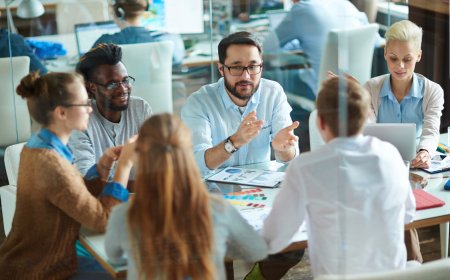




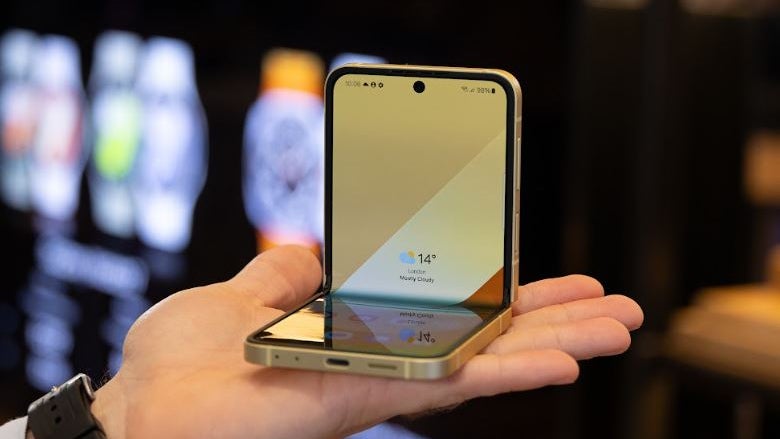
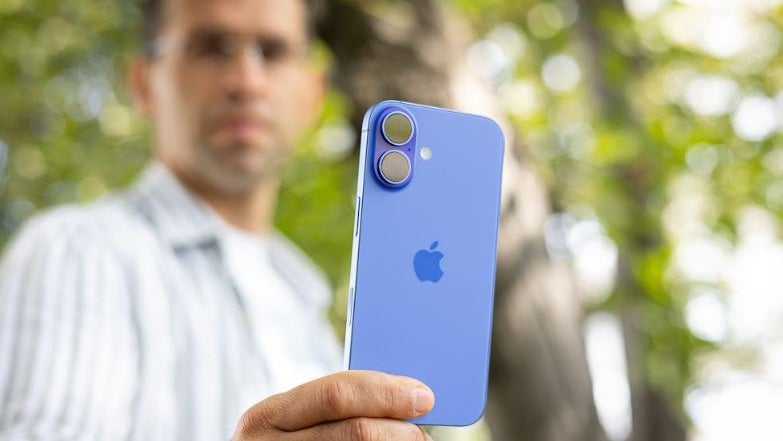




















![Mobile Legends: Bang Bang [MLBB] Free Redeem Codes April 2025](https://www.talkandroid.com/wp-content/uploads/2024/07/Screenshot_20240704-093036_Mobile-Legends-Bang-Bang.jpg)
























![Apple Shares Official Trailer for 'Long Way Home' Starring Ewan McGregor and Charley Boorman [Video]](https://www.iclarified.com/images/news/97069/97069/97069-640.jpg)
![Apple Watch Series 10 Back On Sale for $299! [Lowest Price Ever]](https://www.iclarified.com/images/news/96657/96657/96657-640.jpg)
![Apple Slips to Fifth in China's Smartphone Market with 9% Decline [Report]](https://www.iclarified.com/images/news/97065/97065/97065-640.jpg)














![What features do you get with Gemini Advanced? [April 2025]](https://i0.wp.com/9to5google.com/wp-content/uploads/sites/4/2024/02/gemini-advanced-cover.jpg?resize=1200%2C628&quality=82&strip=all&ssl=1)






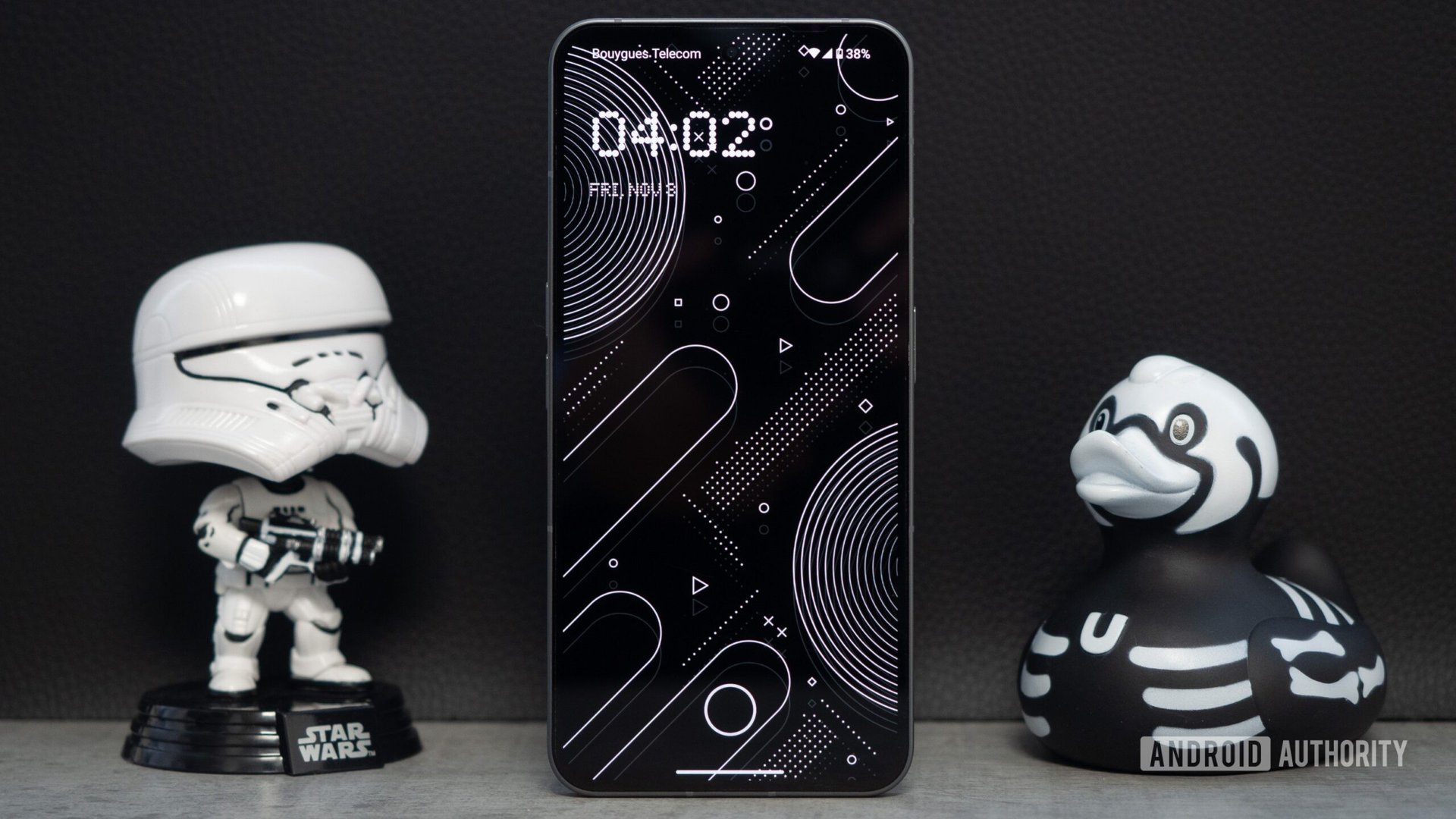
























































































_Andreas_Prott_Alamy.jpg?width=1280&auto=webp&quality=80&disable=upscale#)




















































































![[The AI Show Episode 144]: ChatGPT’s New Memory, Shopify CEO’s Leaked “AI First” Memo, Google Cloud Next Releases, o3 and o4-mini Coming Soon & Llama 4’s Rocky Launch](https://www.marketingaiinstitute.com/hubfs/ep%20144%20cover.png)













































































































































![[DEALS] The All-in-One Microsoft Office Pro 2019 for Windows: Lifetime License + Windows 11 Pro Bundle (89% off) & Other Deals Up To 98% Off](https://www.javacodegeeks.com/wp-content/uploads/2012/12/jcg-logo.jpg)




























































